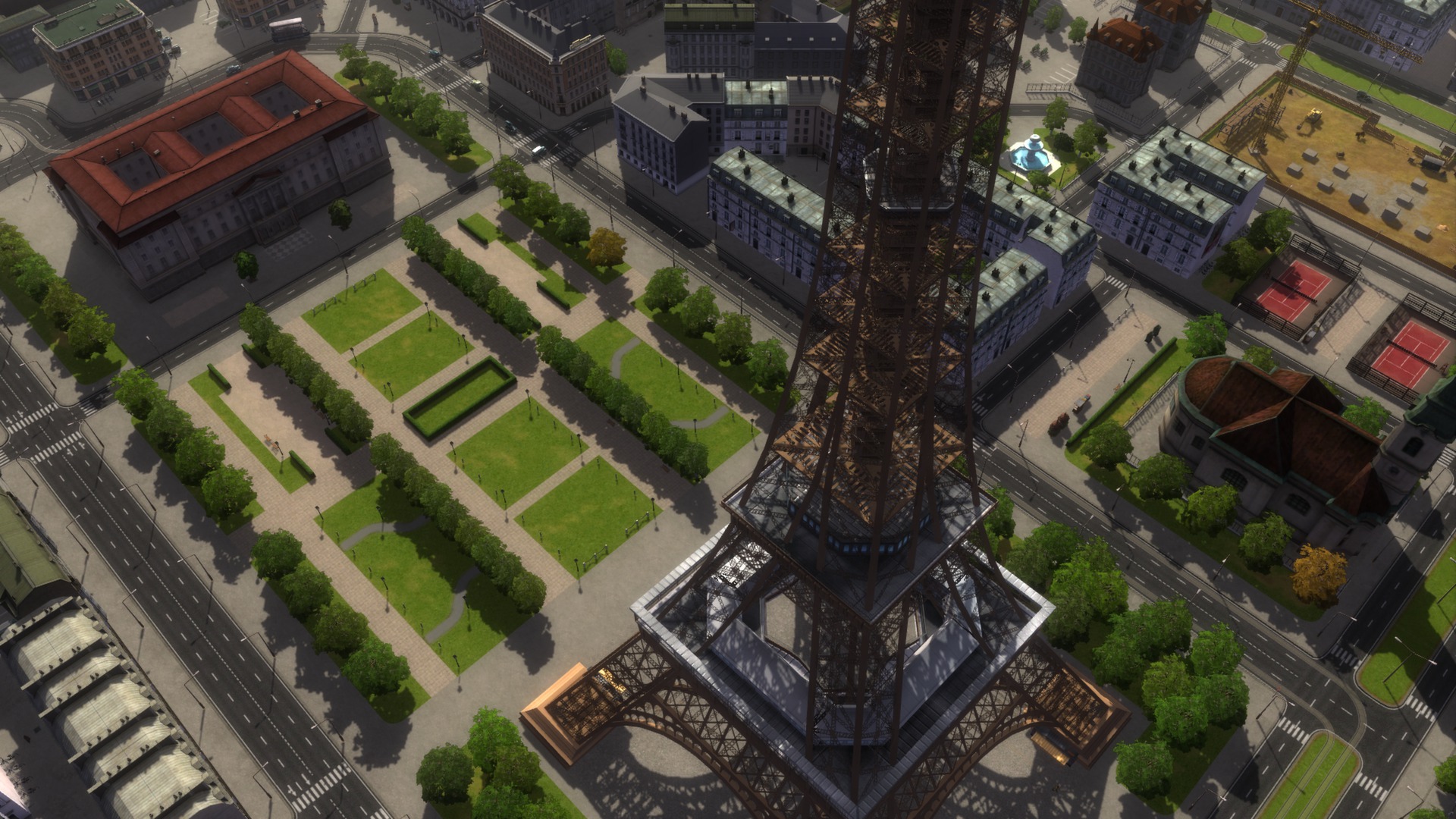

The menus and city layers are not the easiest things to navigate, but they contain an absurd amount of information that allows players to fine tune their transport network meticulously. Besides, how do you think the cleaning staff would feel when they keep discovering the bodies of dead, malnourished workers who got stuck on a bus for three days?Įvery individual in the city falls into one of several categories, from students and tourists to blue and white-collar workers, and all of them have specific destinations they need to get to. One can’t just plonk down a massive route surrounding the city and call it a day, as passenger waiting times would become extremely long and nobody would get to their destination on time, creating dissatisfaction. There’s a surprising amount of artistry to it.


It’s hard to express why crafting an efficient transport network is so damn fulfilling. I saw content citizens hop on my lovely new bright-red road hog, travel from their homes, get off at the stop nearest their place of employment, and start their day on time and happy. For a good few minutes, I’m willing to admit, I was in a huff. I was given a massive urban playground and all the fun parts appeared to be locked away. Cities in Motion 2 gave me the big city to play in, but only let me mess around with the grotty world of public transport.Ĭhewing gum on seats, hand rails smeared with the germs of hundreds of unwashed plebs, timetables - how can this possibly capture my interest, I wondered. When I see a simulated city laid out before me, I want to embark on a large construction project, practice a spot of social engineering, and generally act like an - albeit limited - urban god. Undoubtedly this made me the most boring man on the number 44, heading into the city center, and I can only blame Cities in Motion 2. But riding on the bus this morning was a completely new experience for me I was contemplating the profits made from ticket sales, the efficiency of the timetable, wondering how long the entire route was, and what the running costs of the vehicle itself would be.

It was merely a service that I used a lot. The narrow roads and strict speed limits in the UK prohibit one from truly enjoying the act of driving - at least in cities - and if I have to deal with traffic jams and moving at a snail’s pace, I’d rather do so while playing my DS on a bus.ĭespite years of extensive use of public transport, I can’t say I ever truly appreciated it. I had lessons over a decade ago, but I never really saw the point. I don’t have a driving license, and, strictly speaking, can’t drive. Making public transport surprisingly interesting


 0 kommentar(er)
0 kommentar(er)
